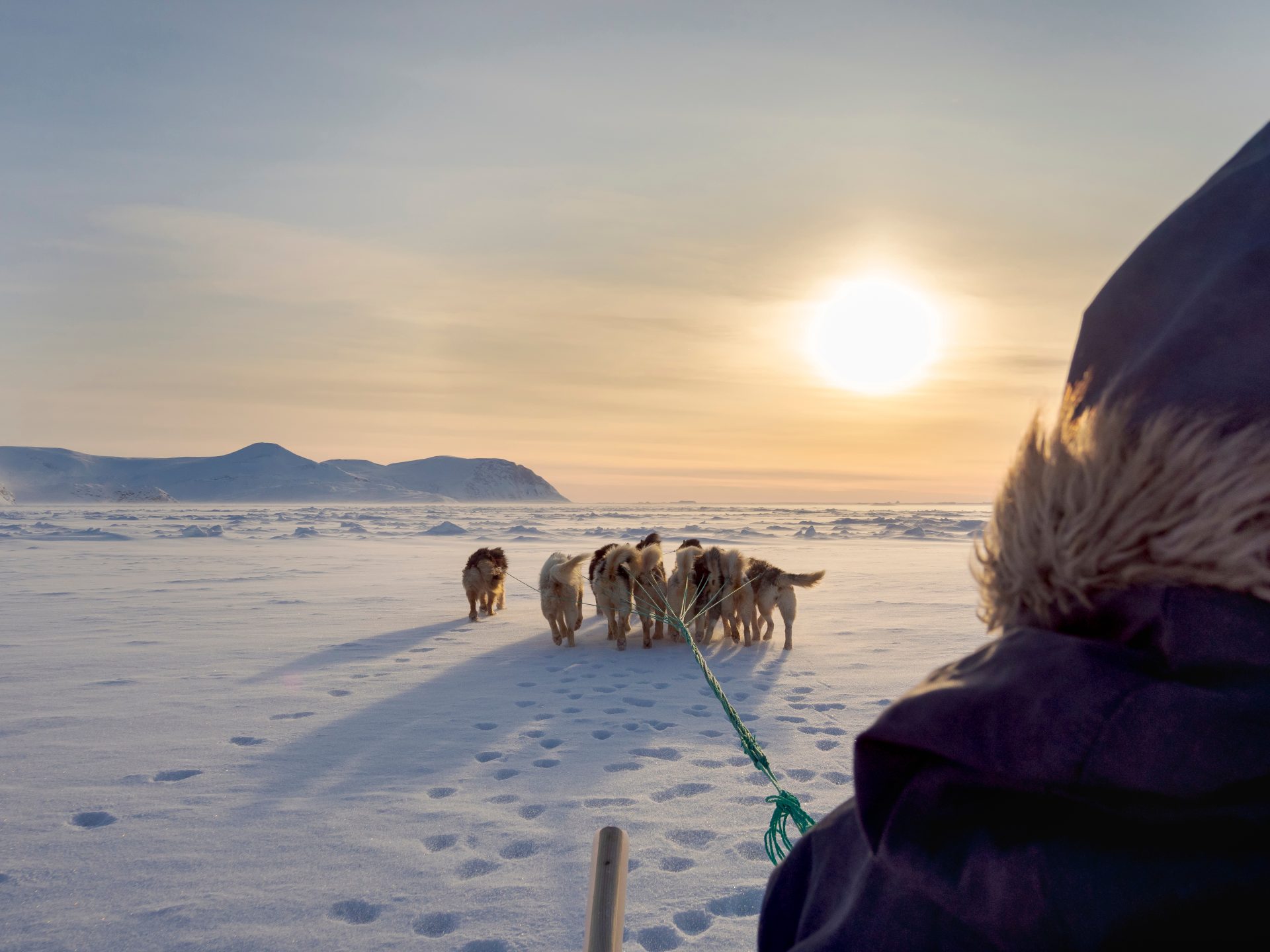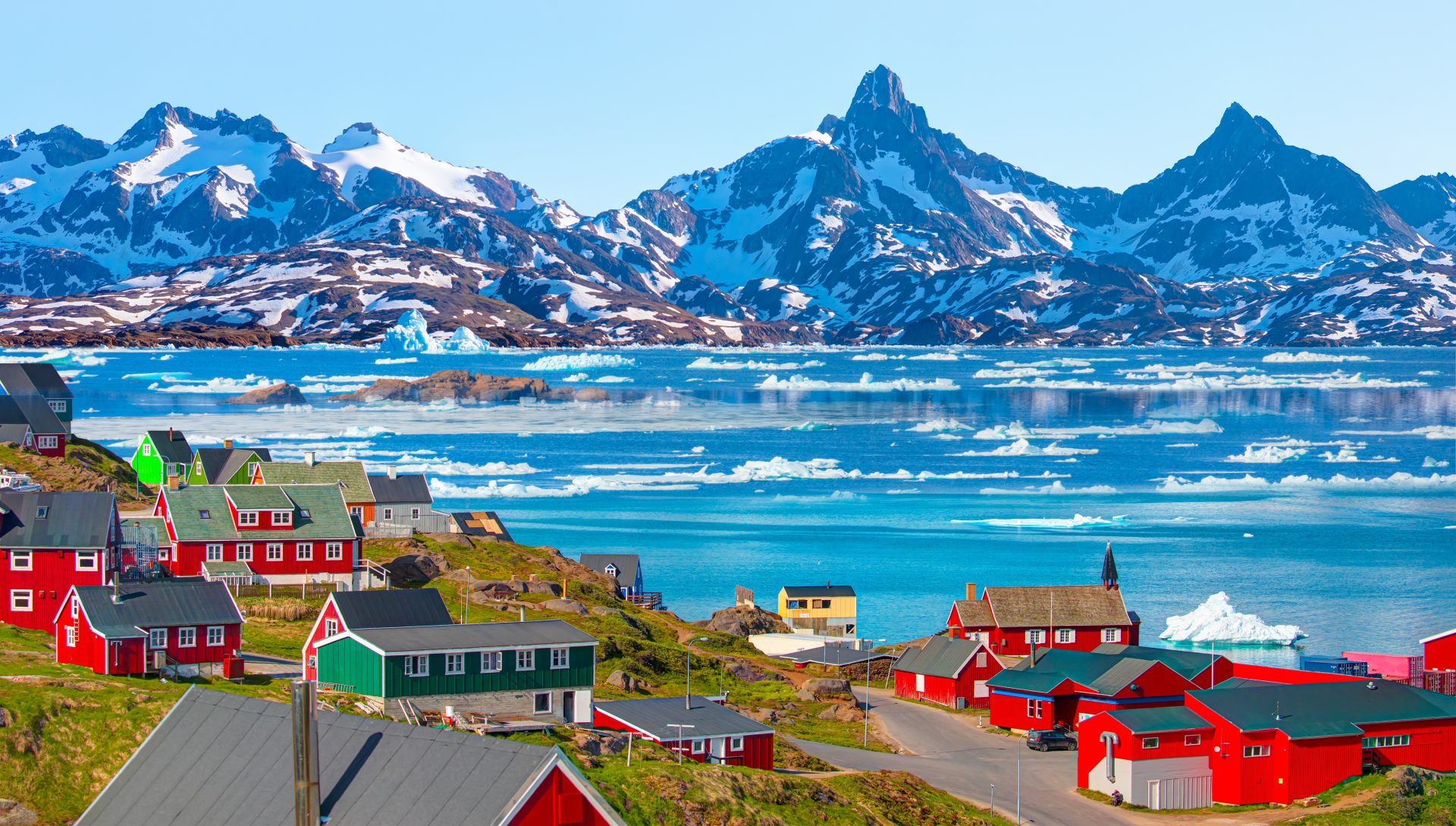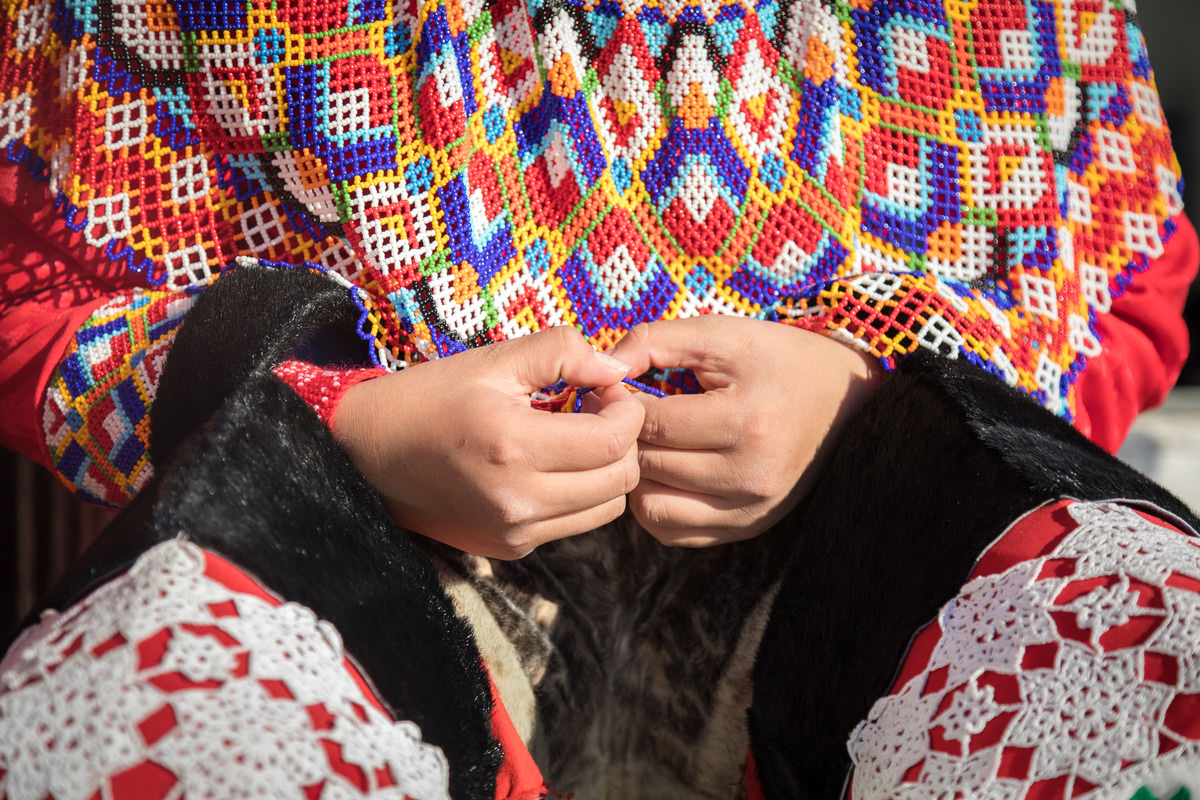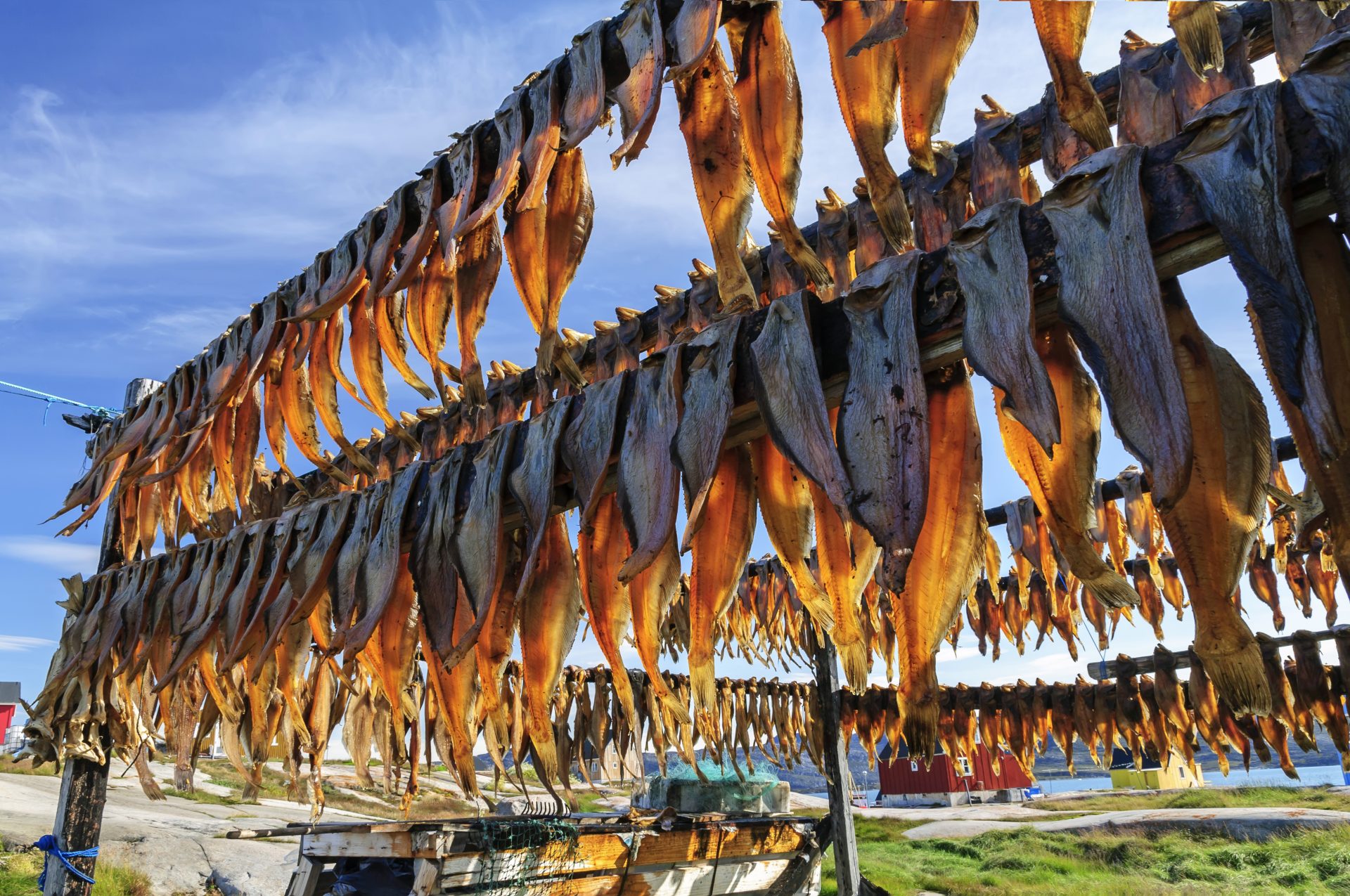
The Arctic is more than ice and wildlife — it is home. For thousands of years, Inuit communities have lived, hunted, and thrived in these polar environments. Their knowledge is not found in textbooks but passed through generations in stories, language, and land-based skills. For travellers aboard small expedition ships, encountering this living culture is among the most profound experiences the Arctic can offer.
Unlike the fleeting presence of visitors, Inuit connection to the Arctic is enduring. Their deep understanding of sea ice, wildlife behaviour, and weather patterns is grounded in close observation, adaptation, and tradition. When guests listen to Inuit guides, elders, or artists speak, they don’t just hear about the Arctic — they hear from it.
Visits to Inuit communities, such as those in Greenland or the Canadian Arctic, are carefully planned and respectfully approached. These are not staged performances, but real windows into daily life. Guests might attend a drum dance, share a meal of country food, or hear stories that link the modern world with ancestral wisdom. Such moments are reminders that the Arctic is not a wilderness untouched by people — it is a cultural landscape shaped by human presence for millennia.


One of the most powerful aspects of these visits is the opportunity for mutual exchange. While guests come seeking insight, community members often express pride and joy in sharing their heritage. The conversations that unfold — about climate change, cultural continuity, or even favourite local foods — are bridges between worlds.
Expedition teams work closely with local partners to ensure these interactions are respectful and beneficial. Increasingly, Inuit voices are integrated not just in community visits but across the voyage — as lecturers onboard, as expedition leaders, as artists. This shift reflects a growing awareness that authentic Arctic travel must include Indigenous perspectives.
It also challenges preconceptions. Many guests arrive with a sense of the Arctic as empty, remote, and wild. They leave with a different understanding — of the Arctic as inhabited, dynamic, and deeply rooted in human story.

Onboard, the conversations continue. A guest who met a carver in Pangnirtung may find themselves reflecting on the connection between art and survival. A young Inuit guide’s perspective on climate change may shift how one views the receding ice. These are not passive learning experiences; they are active moments of listening, often as moving as any iceberg sighting.
In a travel world that increasingly values meaning over spectacle, these cultural encounters stand apart. They don’t just add richness to an itinerary — they expand it. They invite travellers to consider what it means to visit someone’s homeland, and how one might carry that awareness forward.
To travel through the Arctic without hearing Inuit voices is to miss its soul. To listen — truly listen — is to begin to understand not just where you are, but whose stories you’ve entered.